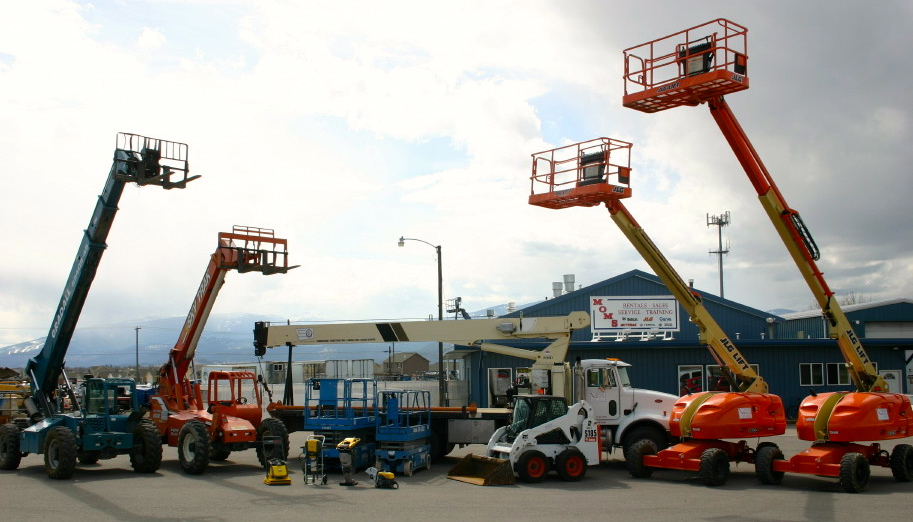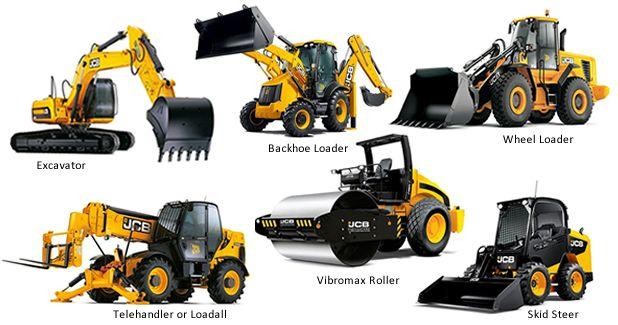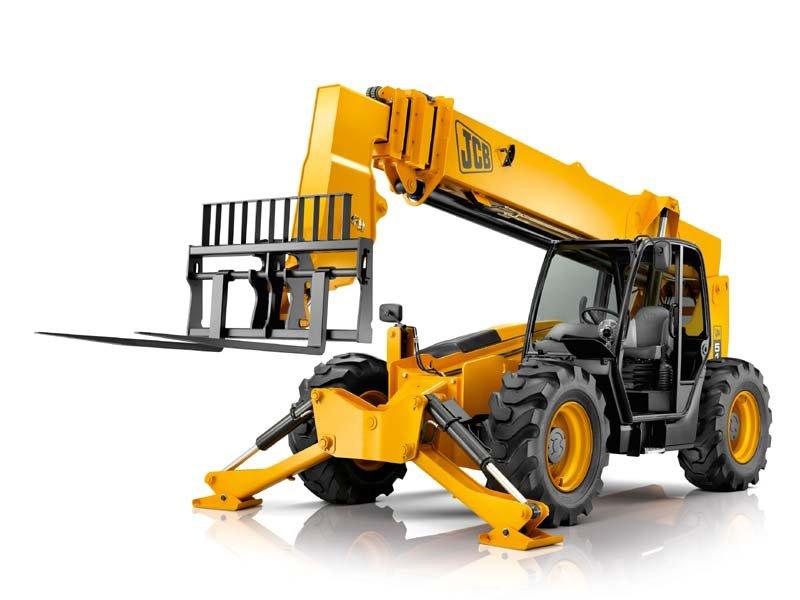Forklift Rental: Heavy Lifting Equipment for Warehousing and A lot more
Forklift Rental: Heavy Lifting Equipment for Warehousing and A lot more
Blog Article
Optimize Your Budget by Recognizing the Costs Associated With Building Tools Services
Understanding the full range of expenses connected with building equipment leasings is vital for maximizing your budget. What techniques can be used to properly handle these prices and guarantee a more effective rental experience?
Introduction of Rental Prices
When considering construction devices rentals, comprehending the connected costs is critical for reliable budgeting and project preparation. Rental costs can differ significantly based upon a number of elements, consisting of devices type, period of leasing, and place. The initial rental charge usually reflects the tools's market need and its associated operational capacities, affecting the total expense.
In addition to the base rental rate, supplementary prices may develop, such as transport costs, fuel additional charges, and upkeep charges. It is important to make up these extra costs to properly evaluate the complete price of leasing tools. Moreover, the rental period can impact prices; longer leasings might certify for affordable rates, while temporary rentals could sustain higher day-to-day costs.

Break Down of Rental Prices
A detailed understanding of rental rates is essential for service providers and job supervisors intending to maximize their spending plans. Rental rates for building devices commonly include several elements, including base rates, time-based charges, and use charges.
Base prices are the core costs linked with the leasing of the equipment, commonly figured out by the kind and dimension of the machinery. These rates can differ significantly, affected by variables such as devices need, schedule, and local market patterns. Time-based costs, which may be daily, weekly, or monthly, offer to fit different project timelines and rental periods.
Additionally, rental rates might consist of use costs, which are appropriate when devices is utilized beyond a defined limit, making certain that the rental business can represent damage. Seasonal demand variations can likewise affect rental rates, with peak building and construction periods normally regulating greater costs.
Additionally, recognizing the rental business's policies regarding maintenance and insurance coverage can offer additional insight right into the general cost structure. By analyzing these components, contractors can make educated choices, guaranteeing the option of rental equipment aligns with both project requirements and budget restraints.
Extra Costs to Take Into Consideration
Understanding the details of additional costs is vital for contractors to handle their total service costs successfully. Beyond the common rental prices, various extra charges can considerably influence the complete cost of equipment rental. These fees commonly consist of delivery and pickup fees, which can vary based upon distance and logistics entailed in transferring the devices to and from the task site.
Furthermore, some rental business may enforce gas additional charges if the tools is returned with less gas than when rented out. It is additionally necessary to understand possible cleansing fees, especially for specific tools that calls for complete upkeep after use.

Thoroughly evaluating the rental arrangement and making clear these extra charges in advance can assist specialists prevent unforeseen costs and make sure that spending plans stay undamaged throughout the project lifecycle.
Maintenance and Repair Expenses
Regular repair and maintenance expenditures are often neglected factors that can considerably influence the overall cost of construction tools leasings. When leasing devices, it is essential to take into consideration not only the rental costs yet additionally the potential expenses associated with maintaining the machinery in optimum operating condition.
Several rental business consist of basic upkeep as part aerial lift rental of the rental agreement; however, more unexpected breakdowns or comprehensive repair work can result in additional expenses. It's necessary to review the rental agreement carefully to recognize what maintenance services are covered and what responsibilities fall on the tenant.
Furthermore, tools that is not well-maintained can bring about inefficiencies on duty site, possibly triggering delays and enhancing job expenses. To mitigate these threats, it is advisable to conduct routine examinations and keep open interaction with the rental service provider regarding any issues that arise throughout usage.
Insurance Coverage and Obligation Costs
Insurance policy and responsibility expenses are important elements that can significantly influence the total cost of building tools leasings (boom lift rental). These prices guarantee that both the rental company and the customer are secured from prospective monetary losses occurring from accidents, damages, or theft during the rental duration

In addition, customers ought to know any deductibles or exclusions in the insurance coverage, as these can affect potential out-of-pocket expenditures. Understanding the terms of any kind of insurance protection is important to prevent unanticipated costs. Eventually, budgeting for insurance coverage and responsibility expenditures can help guarantee a smoother rental experience and protect versus economic dangers related to construction projects.
Final Thought
Finally, a comprehensive understanding of the expenses related to building and construction tools leasings is important for efficient spending plan management. By examining rental rates, additional costs, maintenance expenditures, and insurance policy requirements, companies and people can reduce unforeseen expenditures. This tactical approach not only enhances cost-effectiveness but likewise makes sure that jobs advance smoothly and successfully. Inevitably, informed decision-making concerning devices services adds to the total success of building and construction undertakings.
Rental prices can differ dramatically based on several variables, consisting of equipment kind, period of leasing, and location (dozer rental). The rental duration can affect pricing; longer services may qualify for affordable rates, while short-term leasings may incur greater daily charges
By carrying out thorough study and involving with credible rental companies, contractors can successfully browse the complexities of rental rates, eventually optimizing their economic resources.
Past the basic rental prices, numerous supplementary charges can substantially impact the overall expense of equipment leasing. Rental companies commonly provide liability insurance coverage that covers injuries to 3rd celebrations or damages to home, while tools damage insurance can cover the expense of fixings or replacement if the leased tools is harmed.
Report this page